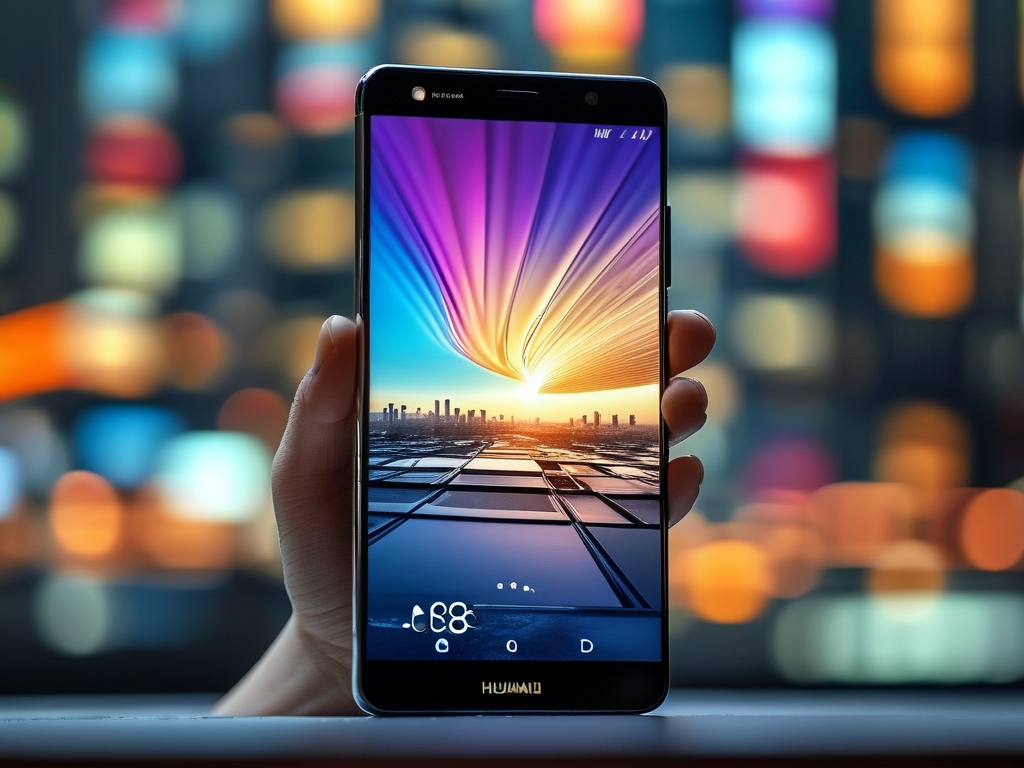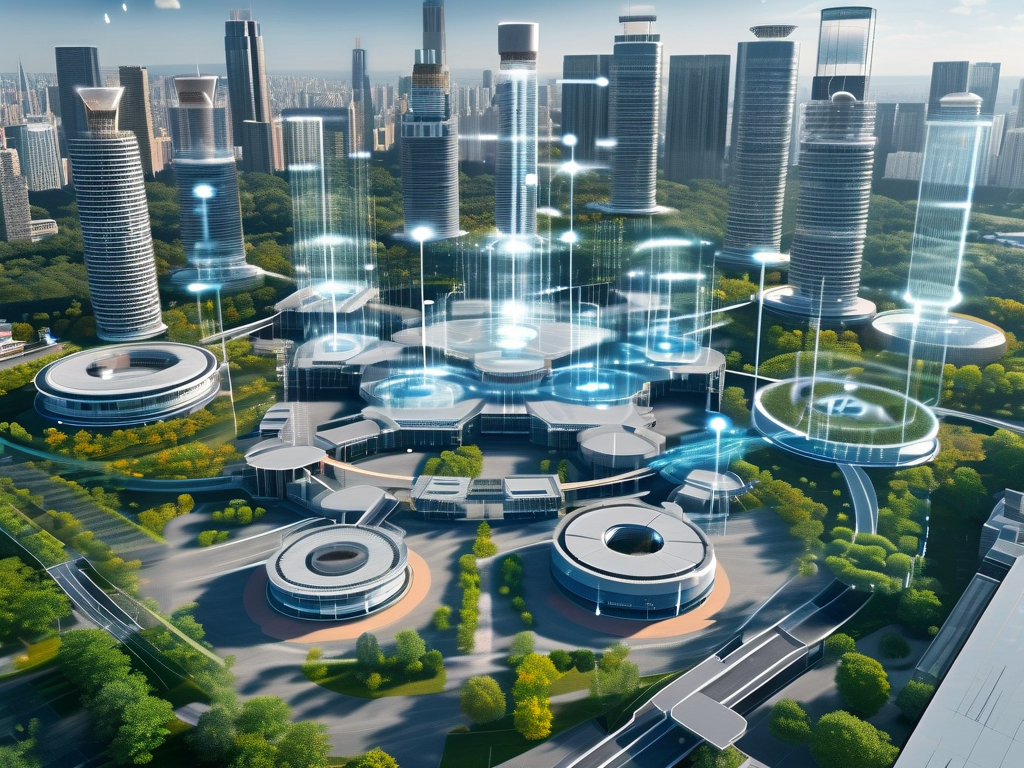In the rapidly evolving landscape of smartphone technology, Huawei has consistently positioned itself as an innovator. One of the most intriguing claims about its devices is their use of a "distributed architecture." But what does this term truly mean, and how does it apply to Huawei smartphones? This article delves into the technical foundations of Huawei's design philosophy, examines its implementation in mobile devices, and evaluates whether these smartphones genuinely embody the principles of distributed computing.
Understanding Distributed Architecture
Distributed architecture refers to a system where components located on networked computers communicate and coordinate their actions to achieve a unified goal. Unlike centralized systems, which rely on a single control point, distributed systems emphasize decentralization, scalability, and fault tolerance. This approach is widely used in cloud computing, IoT ecosystems, and large-scale enterprise networks. When applied to smartphones, a distributed architecture could theoretically enable seamless integration with other devices, optimized resource sharing, and enhanced performance through parallel processing.
Huawei's HarmonyOS: The Backbone of Distributed Capabilities
Huawei introduced HarmonyOS (Hongmeng OS) in 2019 as a "distributed operating system" designed to unify devices across multiple categories, including smartphones, tablets, wearables, and smart home appliances. Unlike Android or iOS, which prioritize mobile-centric operations, HarmonyOS was built from the ground up to support cross-device collaboration. Its microkernel design allows services to be dynamically allocated across hardware, enabling features like shared computing power, synchronized data, and interconnected workflows.
For example, a Huawei smartphone running HarmonyOS can seamlessly project its screen to a tablet, use a laptop's keyboard as an input device, or even borrow processing power from a nearby smart TV for resource-intensive tasks. These functionalities rely on the operating system's ability to treat multiple devices as a single, cohesive system—a hallmark of distributed architecture.
Huawei Smartphones as Distributed Nodes
The question remains: Are Huawei smartphones themselves "distributed"? The answer lies in their role within the broader ecosystem. Huawei positions its smartphones as central nodes in a distributed network. When connected to other HarmonyOS-powered devices, the smartphone acts as a hub, coordinating tasks and redistributing workloads. Key implementations include:
- Multi-Screen Collaboration: Real-time synchronization between phones, tablets, and PCs.
- Distributed File System: Unified access to files across devices without manual transfers.
- Hardware Virtualization: Sharing components like cameras or sensors with other devices.
For instance, a user could start editing a document on their Huawei phone, continue on a tablet, and finalize it on a laptop—all without interrupting the workflow. The smartphone’s distributed capabilities ensure that app states, data, and even computational tasks transition smoothly between devices.
Technical Advantages and Limitations
Huawei’s approach offers several benefits:

- Resource Efficiency: Offloading tasks to nearby devices reduces strain on the smartphone’s hardware.
- Low Latency: Distributed tasks are processed locally rather than relying on cloud servers.
- Scalability: The system adapts as new devices join the network.
However, challenges persist. The distributed model depends heavily on ecosystem adoption—users need multiple Huawei devices to fully experience its benefits. Additionally, interoperability with non-HarmonyOS products remains limited, raising questions about fragmentation in mixed-device environments.
Comparison with Traditional Mobile Architectures
Conventional smartphones operate as isolated units, with apps and services confined to the device’s local hardware. Even cloud-dependent features like Google Drive or iCloud function as extensions rather than integrated components. In contrast, Huawei’s distributed framework blurs the lines between individual devices, creating a fluid network where capabilities are pooled and redistributed.
This paradigm shift aligns with emerging trends in edge computing and 5G connectivity, where decentralized processing gains prominence. By 2023, over 300 million Huawei devices had adopted HarmonyOS, signaling growing momentum for this distributed vision.
Future Implications and Industry Impact
If successful, Huawei’s distributed architecture could redefine how smartphones interact with other technologies. Imagine a future where your phone borrows a drone’s camera for aerial photography or aggregates processing power from smart appliances to run AI models. Such scenarios hinge on overcoming current limitations, including standardization and privacy concerns.
Critics argue that true distributed systems require open standards, whereas Huawei’s ecosystem remains proprietary. Nevertheless, the company’s progress highlights the potential for smartphones to evolve from standalone gadgets into dynamic nodes within a larger computational web.

Huawei smartphones, powered by HarmonyOS, undeniably incorporate principles of distributed architecture. While they are not "distributed devices" in isolation, their ability to orchestrate tasks across a network of compatible hardware positions them as pioneers in this field. As the tech industry gravitates toward interconnected ecosystems, Huawei’s approach may well set a precedent for the next generation of mobile innovation.





